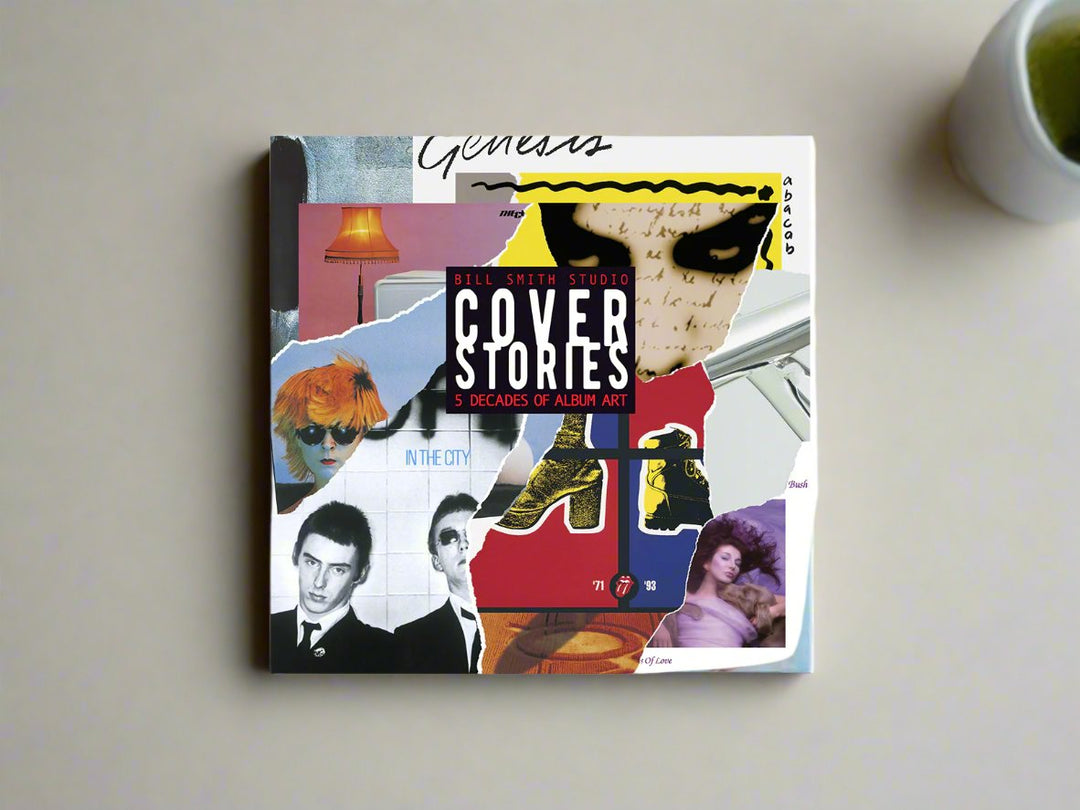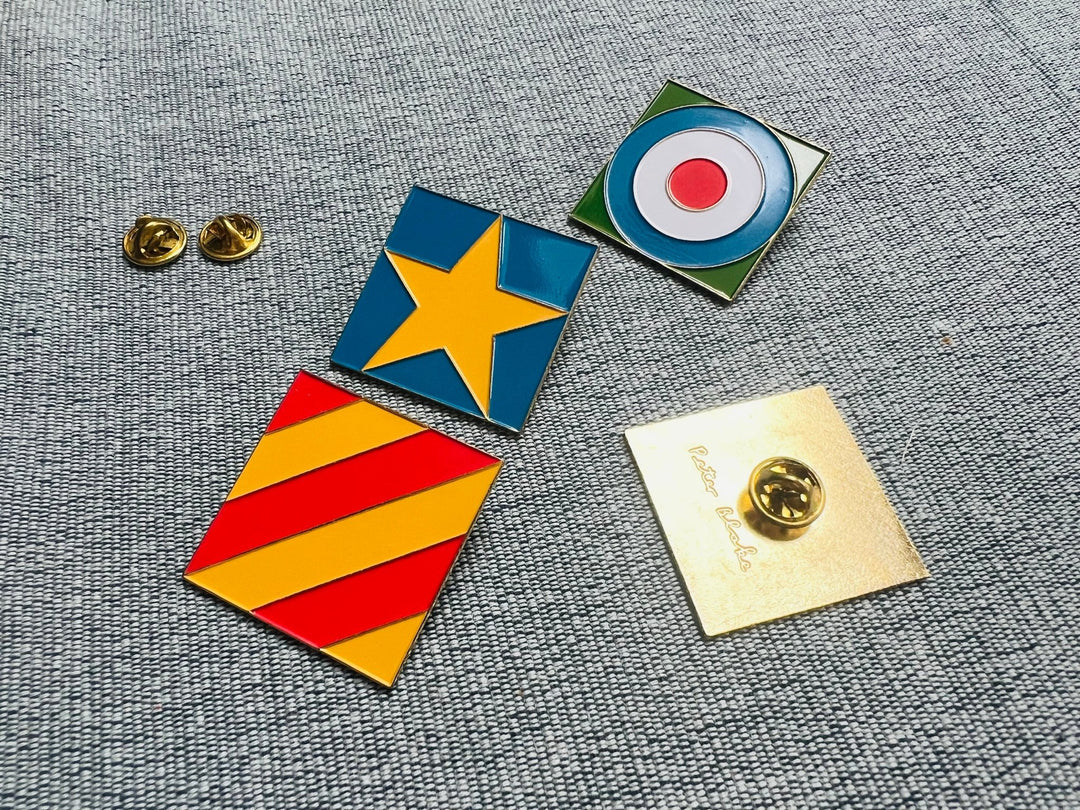In the 1960s Robert Crumb emerged as a central figure in the underground comix movement, co-founding Zap Comix and creating iconic characters like Fritz the Cat and Mr. Natural. His style was raw, satirical, and often controversial.
BORN IN PHILADELPHIA, PENNSYLVANIA IN AUGUST, 1943
Robert Crumb was drawn to comics and illustration from a young age. He was heavily influenced by early 20th-century American culture, including jazz, blues, and vaudeville. His fascination with vintage Americana would later become a defining feature of his work.
IN THE MID-TO-LATE 1960s
Crumb became a central figure in the burgeoning underground comix movement. His breakthrough came with the publication of Zap Comix #1 in 1968, a self-published comic that introduced readers to his distinctive, unfiltered style.
Crumb’s work stood out for its raw honesty, surreal humour, and willingness to tackle taboo subjects, often with a mix of satire and social critique. Characters like Fritz the Cat, Mr. Natural, and Angelfood McSpade became cult icons. Crumb quickly gained a reputation as both a genius and a provocateur.
His comics resonated with the countercultural spirit of the era, offering a rebellious alternative to the sanitized mainstream comics of the time.
IN THE LATE 1960s–1970s
Crumb developed a reputation for his album cover designs at the height of the psychedelic era, when music and visual art were deeply intertwined.

Cheap Thrills – Big Brother and the Holding Company, released in 1968, is arguably Crumb’s most famous album cover. Originally intended only for the back, Crumb’s comic-style artwork was so beloved by Janis Joplin that she insisted it be used on the front. The cover, filled with panels and exaggerated characters, became an instant classic. Crumb famously refused payment for the work, famously saying, “I don’t want Columbia’s filthy lucre”.
THE 1980s–1990s BROUGHT CULT STATUS
Crumb’s love for pre-war blues, jazz, and folk music deepened. He began playing in bands like R. Crumb & His Cheap Suit Serenaders. His album art reflected his obsession with authenticity and nostalgia.
The record covers he designed at the time included several for Yazoo Records (a label specialising in early blues and jazz reissues), and R. Crumb’s Heroes of Blues, Jazz & Country – a book and CD set featuring his portraits of legendary musicians. His work during this period was less psychedelic and often mimicked the style of 1920s and 1930s record sleeves.
Crumb’s album art has been collected in books like R. Crumb: The Complete Record Cover Collection, which showcases decades of work spanning genres and generations. He also continued to collaborate with niche and international labels, such as Third Man Records, for projects like Why the Mountains Are Black, a compilation of early Greek village music. His style remains instantly recognizable: hand-drawn, densely detailed, and steeped in cultural critique and nostalgia.
CONTROVERSY AND CULTURAL SENSITIVITY
While Robert Crumb is widely celebrated for his artistic innovation and influence, we must take a moment to recognise that aspects of his work contain racist, sexist, and otherwise offensive imagery. These depictions, often presented in a satirical or confrontational style, have sparked significant criticism and discomfort, particularly from those whose identities are caricatured or marginalized in his art.

When engaging with Crumb’s work, especially his earlier comics, it is crucial to do so with critical awareness and empathy. Appreciating his contributions to visual culture does not mean ignoring the harm some of his imagery can perpetuate.
Robert Crumb’s album covers are true cultural artifacts. Whether satirising the counterculture or paying homage to forgotten blues legends, Crumb’s work bridges the gap between music and visual storytelling. Though controversial, his importance in the album art canon is undeniable, and his covers continue to resonate with collectors and fans of both music and illustration.






